Read Part 1 of the Interview here
Question - Wherever you go, people must talk to you about BJP. What opinions do you hear from their supporters, their opponents and the neutral ones?
Answer - The BJP under Modi’s aggressive, blatantly communal, full of hate and creating wild illusions of hope, style leadership did bring to the BJP clear majority with 282 seats (though with only 31 percent votes) in 2014. But that victory, first in last thirty years when any opposition received such mandate, went to head and their audacity saw no bounds. Modi became a personification of undemocratic, no holds barred autocratic style of governance.
The hubris was of such magnitude that even many stalwarts in the opposition fell for the Evil charm of Modi. With his equally arrogant and uncultured colleague, Amit Shah, the government virtually went berserk, particularly after the unnatural victory in 2019. Why I call it unnatural because it was usurped on the issue of the Pulwama killing of our jawans and the so called surgical strike on Balakot.
So far, the government has not come out clean on all the facts related to Pulwama and Balakot. No white paper, nor detailed statement of the tragedy. But the party, Modi and Shah in particular, hyped the event so much that the gullible sections of the electorate gave 303 seats to the Modi regime. (Even then the party received only 37 percent vote). However, the intoxicated brouhaha gave them a feeling of invincibility, and to Modi, an image of Superman.
It was against this outsized canvas of spectacular image, that the Modi government abrogated Article 370. One saw with that abrogation, an unprecedented wave of hyper nationalism. After that the Modi government carried on their divisive agenda. The laws related to citizenship, (CAA, NRC) further heightened the anti-Muslim sentiment, giving rise to the conviction that the Constitution would be changed if the Modi government gets majority mandate, and the Hindu Rashtra would be formally announced. This communal anesthesia was part of the mass psyche.
Question – Do you believe this communal anesthesia is still prevalent, or is its effect receding?
Answer - About a year ago, the anesthetic coma began to evaporate slowly. Rahul Gandhi’s two padayatras, covering over 10,000 kilometres had contributed to this awakening. But the inflation, massive unemployment and collapse of social order have shocked the masses into consciousness. The people had belatedly begun to realise the vacuousness of the Hindutva pride and the communal trap of Hindu-Muslim divide. I was able to see the mass hypnosis brought by Modi, in the years before 2014, was able witness the anesthetic unconsciousness after 2019, and for the past nearly two years, I am clearly seeing the awakening of the masses.
Question – In the light of this noticeable change in public opinion, Parakala Prabhakar has predicted that BJP will win 220-240 seats in the 2024 Loksabha elections. Do you agree with him?
Answer - I would venture and say that it is impossible for Modi to reach his dream figure of 400 plus MPs for the National Democratic Alliance (NDA) and over 370 MPs on the BJP ticket. I do not see the BJP getting more that 210 seats and the NDA would be stuck at less than 250.
However, Modi will not give up his prime ministership so easily. He will try to bamboozle, blackmail elected MPs, terrorise some of them and try to form government.
The only consequence of Modi’s politics is going to be an unprecedented constitutional crisis, even breakdown, large scale violence, anarchic socio-political situation in the next few months. Perhaps in next three months. This is what I apprehend after my tours and analysis from the vantage point in Delhi.
Question - It’s possible that the common people may have not fully comprehended the Electoral Bonds Scam. But have they at least realised that Modi is guilty in this scam? Will that awareness affect the elections?
Answer - The electoral bond issue is extremely serious. And the Modi gang and their lawyers know this. That is why they tried to procrastinate, postpone or digress from the issue. The Supreme Court had to come heavily on government, The Election Commission and the State Bank of India. But the opposition, including the Congress, did not take the issue as seriously. They should have organised gheraos and demonstrations. Without mass and street actions, nothing moves. Mere social media campaigns or rhetoric will not work.
But Congress as a party is suffering from massive inertia. Inertia breeds fatalism. Fatalism is conducive to fascism. Indian version of fascism could survive because of the inertia in the congress and also vast apathy of the stable and well-off middle classes.
Question – Could you please explain, how and why the financial stability of middle class results in such extreme apathy?
Answer - That brings us to the sociology, politics and economics of the Middle Classes. Not many people recognise the fact that the “Ruling Class” is not just only that of capitalists, crony capitalists, rich and super rich landlords/farmers, feudal remnants, international collaborators and top-notch bureaucracy.
The new middle classes are born after unprecedented technology boom and the rise in the global wealth. The globalisation of the Internet, of TV media, of mobile phones and its various fall outs like messaging and access to all information at any time, the so called “Google Revolution”- all this has created a new global community. This led to the rise of new global middle class, having identical tendencies, attitudes, lifestyles, values, prejudices, even world view. Even as they parroted “nationalism” and “patriotism”, they pursued the self-serving goals across the world.
Question - How does this self-serving attitude of the middle class factor in empowerment of BJP?
Answer - Majority of the Indians migrated to US after mid-1980s. The “Garv se kaho hum Hindu Hain” movement began around that time. The so called “computer-software generation” emerged after the new technology-driven economy picked up the momentum. America became the “new Mecca” of the aspirational middle class during this period. Soon aspirations became hedonistic. Hedonism, almost by definition is anti-change. Because the changes in economy and society and politics hurt their status quo. They resist change. The growth of right wing, religious conservatives, regressive conservatives and neo-liberal (as distinct from Liberal) philosophy are manifestations of that status quo.
They were the biggest beneficiaries of Liberalisation, Privatisation and Globalisation (LPG). There is nothing wrong in Globalisation as such. Even Amartya Sen has said, the question is what should be globalised. Not just the Capital and trade, but ideas of social justice, equitable redistribution of wealth across all countries, globalisation of natural resources for general good, not only corporates. Unfortunately, or because of lack of awareness of the Peoples’ organisations, the global capitalism took lead and corner economies and politics.
Question – So, the rise to the power of the openly rightist BJP and the alliance it leads is because the middle class wants to hold on to the status quo or grow materially and this government can make that happen?
Answer – Yes, and also, the Neo-Liberal strategists understood that their biggest support would come from the middle classes. So they promoted consumerism, high-end luxury products, new notions of status, (Vance Packard calls this class as “status seeker”) and participation in governance, through creation of the Executive-Managerial class (like IAS, IFS, public sector CEOs, higher echelons in banking and financial sector). This class set the norms of lifestyle, of goods anyone or family should possess, the social or corporate or government position of authority one should aspire for. Look at the number of boys and girls aspiring UPSC jobs. If one lakh students appear, perhaps one thousand pass through the tunnel. The media gives them such projection as if they have conquered moon.
This new aspiring middle class (with the so called “killer instinct”) is never fully satisfied, by a posh flat, a farm house, Mercedes or BMW, a first class foreign trip etc. They want to settle in US. Get a green card and citizenship. They are neither worried nor bothered about the American economy is in crisis, American social tensions are rising and the life for middle class there is tough. They live in self created bubbles. They do not realise that the bubbles are likely to burst sooner rather than later.
Question – How can only one group of people (the middle class) have such a big influence?
Answer - In India the size of this class is as as large as 60 crore, which is about 15 crore families. That means nearly one third of the total population of 140 crores. this population is more than the entire (developed) Western Europe. This class occupies most influential positions in decision making institutions. They are the senior bureaucrats, judges, senior police brass, the higher level media staff, academics, political leadership, most business community, private and public sector higher echelons, banking and insurance officers, doctors, architects, accountants, consultants, stock market operators, skilled professionals or lumpen fixers etc.
All of them have a stake in the system. They do not want to shake it up. Their survival and growth (they believe, though wrongly) depends on the survival of the system.
Question – Is the middle class always undivided about political status quo? If they are one homogenous group, can their inclinations sway according to government?
Answer - The middle class is not a monolithic social formation. It has many layers. The lower middle, middle-middle, higher middle, upper-higher middle, the rich and the neo-rich middle class. From chawl dwellers, one BHK, two BHK, three BHK and above - upto neighbourless flats and lifts opening inside homes etc. Also, those with farm house, second home or vacation resort clubs. From two-wheeler to Swift Dezire to Honda City to Mercedes, BMW and so forth. One son in Silicon Valley, daughter a medical practitioner in Fortis Hospital, son-in-law in Microsoft or business partner in some Dubai firm. The lower-middle and the middle-middle classes are aspiring for exactly all these gains and luxuries. The actual life of at the lower end of the middle class is rather difficult. A clerk in a government office or a skilled worker in a factory, or simply unemployed or on strike or on contract job from which he/she can be retrenched. But all of them, irrespective of their layer in the middle class, have mobile phones, colour TV, they watch same melodramatic serials constantly showing elaborate marriage ceremonies, Holi or Diwali or Ganesh Festivals. The various Jatras, Waaris, Sai pujas or Gudi Padwa processions or Satyanarayan and so on. Visiting temples is for the lower end and having a fully elaborate Puja room in higher middle. The gadgets and festivals and generally Belief in some or other God or Baba is common across all sections of the middle classes.
Question – If the middle class is well educated, and more or less settled in life, wouldn’t they want to engage themselves in enriching activities, productive discussions and helping others and nation grow?
Answer – Quite the contrary, actually! All this has led to immense mediocrity. Absence of any intelligent conversation, educated illiteracy as very few really read anything significant or even interesting or life-enriching. But all of them want to flaunt their existing or non-existent wealth in marriages or a variety of social gatherings.
These are the same people who are in Rajya Sabha (and also Lok Sabha). Most have good property, well off life style, enjoyment with or without drinks. So there is hardly any serious or meaningful discussion among members, not even about the issues that require urgent attention— neither agricultural policies, foreign policy, ideological and political differences, past references—almost nothing. One reason is majority of members are, by and large settled in life and only thing they are looking forward to is a kind political promotion or extension in Rajya Sabha (or Lok Sabha) or fame, celebrity status or spa Sion of their wealth. There, of course, are some honourable exceptions, but the overall lowest common denominator is this.
That is why I really could not contribute much in the discussions or debates. In any case, the members do not get much time to present their views, analysis or ideas.
Question – We have discussed the role of the Middle Class at length, in giving the BJP led government stability. But you also mentioned Inertia in Congress being one of the causes. Could you explain in more detail?
Answer - In 2014, it was not only humiliating defeat of the Congress but also first time any single party getting majority in 30 years. The 1984/85 elections were held after Mrs. Indira Gandhi’s assassination (the conspiracy has not been fully investigated and revealed). That election had given Rajiv Gandhi-led Congress a stunning majority of 414 seats.
In retrospect, one can say that seeds of the crisis in Congress were sown with that almost unnatural majority. The inertia was set in at that time. Never before, even in heydays of Nehru such inertia surfaced. Nor during euphoric atmosphere after the 1971 electoral landslide of Indira Gandhi in March or after the victory over Pakistan in December that year.
We had not seen the false confidence, complacence and accompanying arrogance like we witnessed in 1985. Notwithstanding grace, humility and vision of Rajiv Gandhi, the party further became a large club of power brokers, a sort of cartel which dictated administration. Even during Sanjay Gandhi’s street-fighting years and control, the party maintained some healthy traditions. (Though it also must be admitted that Sanjay’s command in the party was a precursor) for structural cultural shift of the party.
Question – But before that, and even afterwards, Congress had been in the power consistently. How did the tables turn?
![]() (Image Source- Times Of India)
(Image Source- Times Of India)
Answer - The post Emergency rise, mainly in the Northern States (In the Southern states Indira Gandhi won almost all seats, despite background of the Emergency), was the first manifestation of the politics of anti-congressism. The so called “ideology” of “anti-congressism” was the formulation of Ram Manohar Lohia. Therefore it had considerable influence on various factions of the socialist party. The Rashtra Seva Dal and most socialists belonged to the lower-middle and middle-middle class. The Lohia thesis appealed to this layer of society. In terms of political evolution, this class was also the core of the Rashtriya Swayamsevak Sangh (RSS), Jan Sangh and then BJP, (some via Hindu Maha Sabha with the myth of Savarkar as symbol and politics). This class in the first three decades was primarily employed, in government bureaucracy, in post offices, the railways, banks, insurance, in school and college teaching community and so on. Then there were small traders, small and medium industry in manufacturing. Management employees in larger or big industries of Tatas, Birlas, Goenka’s and so on.
They were more known as “White collar people” as distinct for the “Blue collar workers” in factories. Their trade unions were led by the socialists and communists who too were on staple diet of “anti-congressism”.
All these forces and layers of middle classes came together to form the formidable front of the Janata Party under Jaiprakash Narain in 1977 (who was Lohia’s “Samajwadi-Saathi”. The same Janata Party, after its demise was reborn into Bharatiya Janata Party (BJP). Narendra Modi’s biggest, strongest and loudest support comes from this class. Both of them, that is Modi and Middle class, constantly defend each other. To the extent, the extremists among Modi Bhakts, publicly say that neither unemployment, nor price rise, neither fall of the Rupee nor fall in ranking of democracy index matter to them.
Question – Let us now speak specific to BJP’s rise to power. How has their journey panned out?
Answer - The Bharatiya Janata Party is the formal (rather official!) political front of the RSS. But over the years, the BJP has evolved into a sort of multi-layer, multi-caste and multi-ideology party. This shows their absence of any world view, any specific political approach and so called organisational structure. The only common ground was “anti-congressism” (anti-Nehru-Indira-Rajiv) which was actually a deep desire of political power.
From the first election in 1951/52 till 1998, most of the Sangh activists (of RSS or JS or BJP) did not really believe or hope to come to power. Their highest score was in 1967 and that too under 40 seats. In 1971, they strategised by joining the Grand Alliance (JS, Swatantra Party, breakaway-Syndicate-congress and all factions of socialists). But their plan was rudely demolished by Indira Gandhi. Her campaign, “wo Kahate hain Indira Hatao, main kahati hun, Garibi Hatao”.
The so called Grand Alliance too was based on the Lohia thesis. In 1977, the then Jan Sangh could get into a Janata coalition led by JP and in the Morarji Desai government. But the Janata Party collapsed under weight of its own contradictions within 26 months (Morarji Govt) and later Charan Singh government. The socialists and the RSS had great hopes and had overestimated anti-Indira sentiment among the people. As a result Indira Gandhi came back with stunning majority in 1980, yet again, like in 1971. This Indira wave (as it has been called by the media) dashed hopes of all disgruntled Sanghis and Samajwadis.
The BJP could win only two seats in 1984/85 election. Even Atal Behari Vajpayee lost in Gwalior constituency. Rajiv Gandhi’s popularity further demoralised them. But the Sangh did not give up. They joined yet another Janata Front led by Vishwanath pratap Singh in 1989. It is interesting to note that each time the JS or the BJP had to tag on to some other breakaway congress leader. (Syndicate Congress in 1971, Morarji Desai in 1977 government, Jagjivan Ram on 1980, V P Singh after 1987, Arun Nehru and his supporters in 1991).
After a short interlude of V P Singh and Chandrashekhar governments in 1989-91, congress came back to power on the bloody canvass of Rajiv’s assassination. Having lost all hopes to come to power (that was the only objective) the RSS decided to take the clear and violent stand on the issue of “wahin Mandir Banayenge”. The Babri Masjid was demolished on December 6, 1992.
On this backdrop of violent communalism and frenzy simulated and generated among the Hindus, the Shiv Sena-BJP government came power in Maharashtra in 1995. That was the foundation of the BJP governments in future. No wonder, the Sanghis still feel that the “party with difference” can be only on the question of Hindu-Muslim divide.
In 1996, the BJP led by Vajpayee did form government, but it collapsed within 13 days. Only three small parties then, supported Vajpayee-Shiv Sena, Haryana Vikas Manch and Akali Dal). In 1998, however, they could get support of 24 parties. That included some congress leaders and socialists. Almost all the factions of the socialists—George Fernandes, Nitish Kumar, Deve Gowda, Sharad Yadav et all joined the bandwagon of the BJP. The only common thread was the middle-class political position of “anti-congressism” of the Sanghis and socialists.
From just two seats in 1984/85 the BJP could win 182 seats, both in 1998 and in 1999. Yet it was not a majority government of their own. They were dependent on 23 other parties, including so called secular parties like Mamata’s Trinamool Congress, Chandra Babu’s Telugu Desam, DMK or AIADMK (sometimes Jayalalitha or Karunanidhi), BJD, even Farukh Abdullah led National Conference, various formations of Janata Dal.
Yet, because of the sagacity and tenacity of Sonia Gandhi, a parallel coalition came to be formed under the leadership of Congress. That is how, with a shock and surprise came power the congress-led coalition in 2004. With Sonia renouncing the offer of the Prime Ministership, Dr Manmohan Singh became the leader of the new coalition. This coalition survived for full ten years despite some difficulties and threats from coalition members. But the huge and loud anti-corruption campaign led by Anna Hazare created a new groundswell support to the Opposition looking for some entry point.
Most of the corruption charges have been proved baseless. No one is punished. Or those who could have been punished joined the BJP bandwagon. Realising that the only claim for party with difference was the Hindutva card. The rabid Hindutva card was tagged along with the anti-corruption campaign and Narendra Modi cleverly using the so called “development” agenda, the single party majority to BJP possibility came into existence.
The inertia in the Congress party provided the BJP with easy, habitable and fertile soil. In this long journey to power on their own has led to formation of at least three layers within the party. The BJP as said above, has the old style RSS karyakartas, with simple, even sacrificial life style who sweated out decades with power on the horizon. Most of them are in the age group of 60 plus. The second layer was formed in 1977, and in 1998, when the non-RSS political activists saw opportunities of power. The third layer came in with Narendra Modi-with brazen political ambition and no holds barred monetary access and because of the new technology of threats from ED, CBI, I T and so on.
We are living in this phase of the BJP government.
- Kumar Ketkar
Renowned Journalist, Political Writer, Former Rajya Sabha Member (2018-2024)
ketkarkumar@gmail.com
Interviewer - Vinod Shirsath (Editor, Sadhana & Kartavya)
Tags:Load More Tags

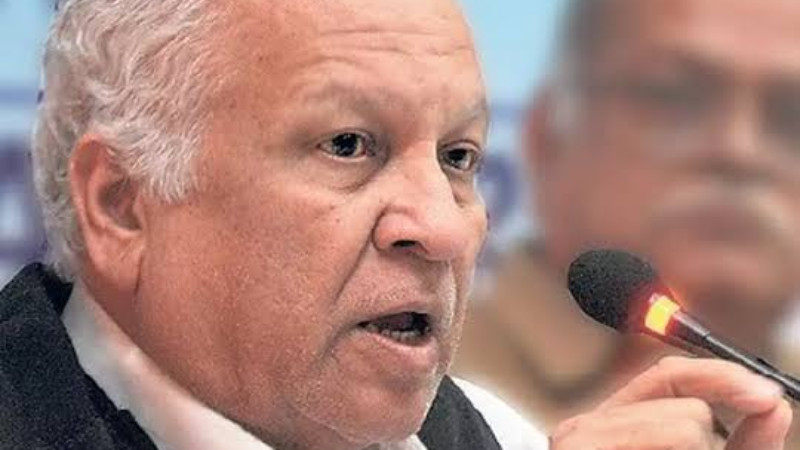
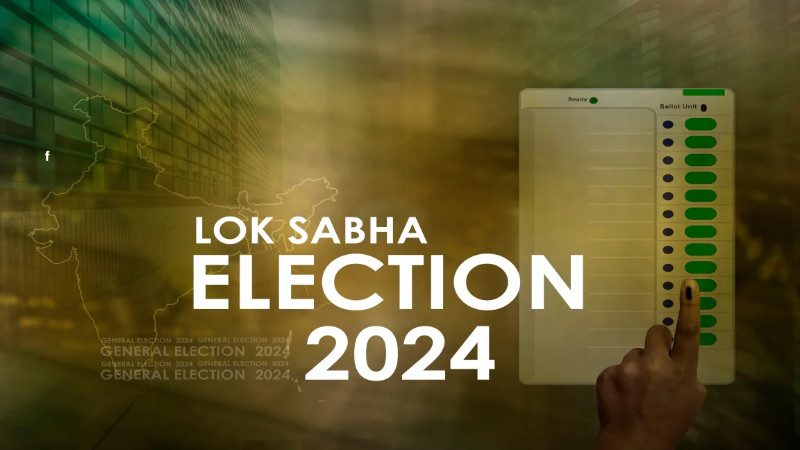
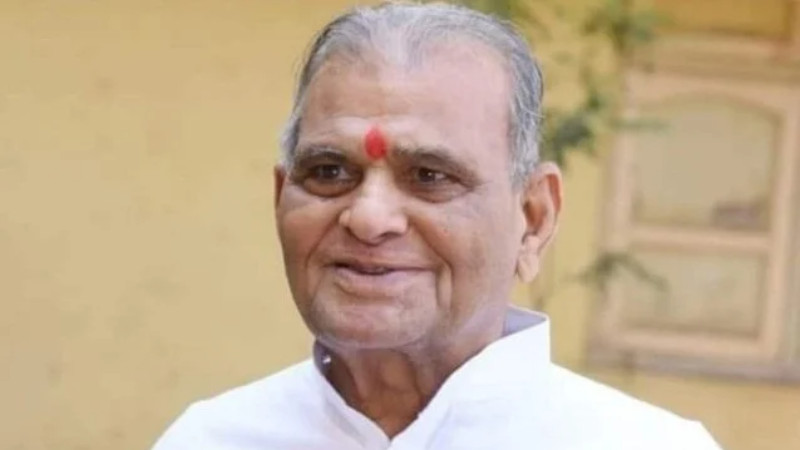
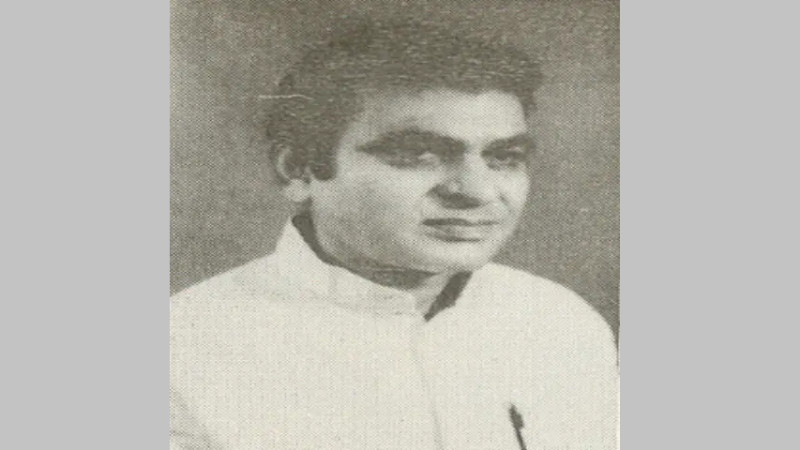
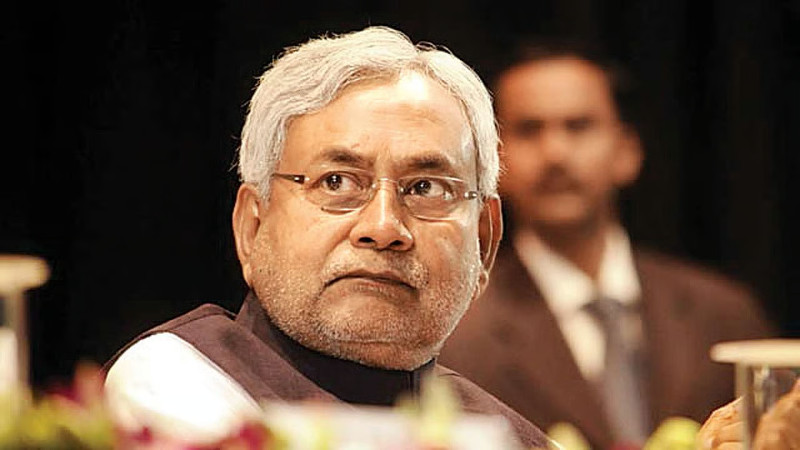

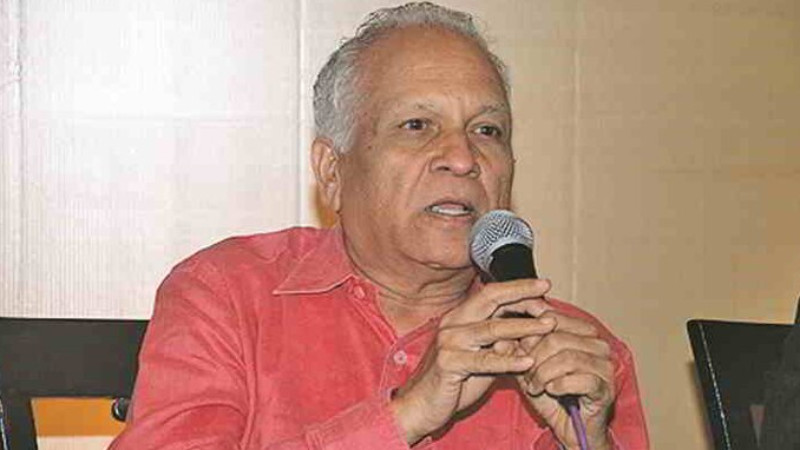
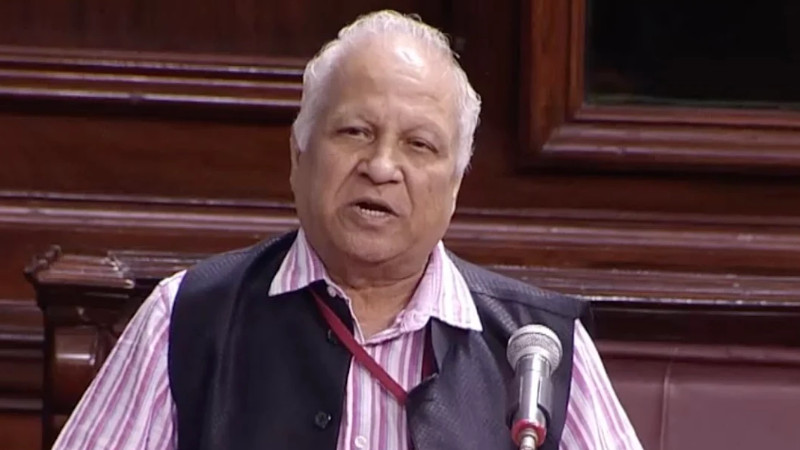
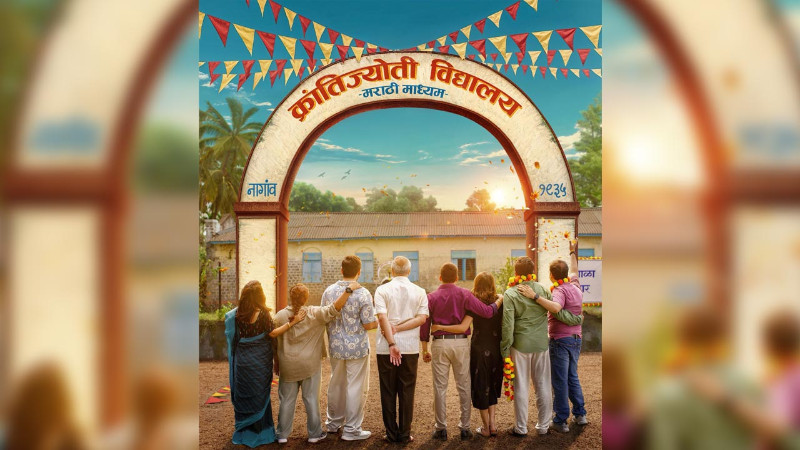
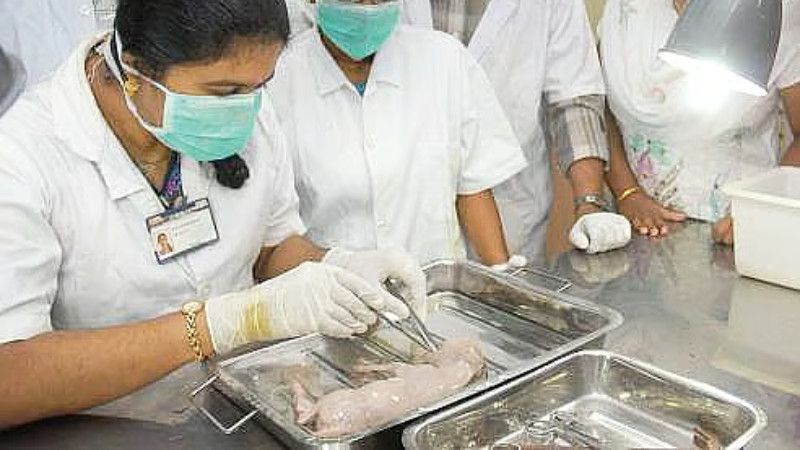
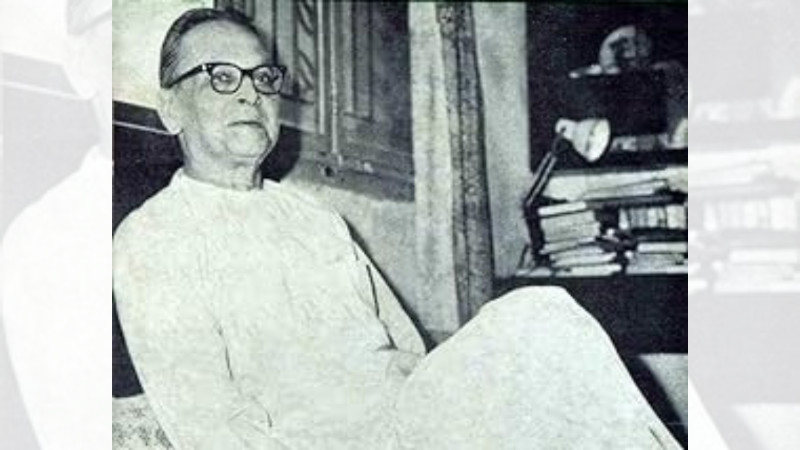
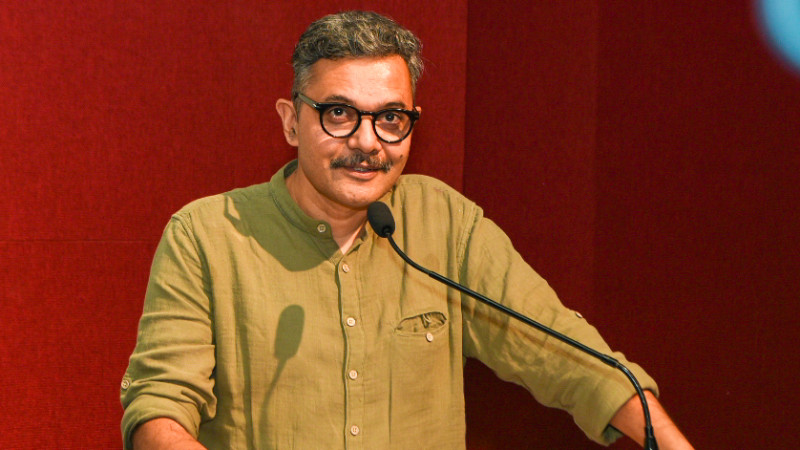
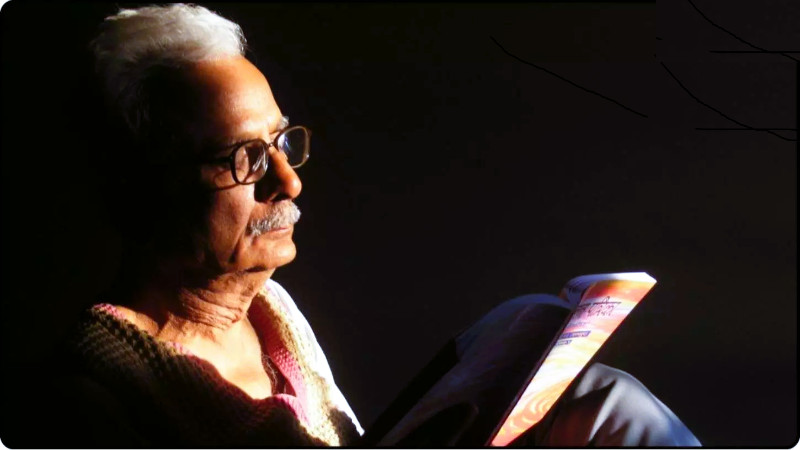
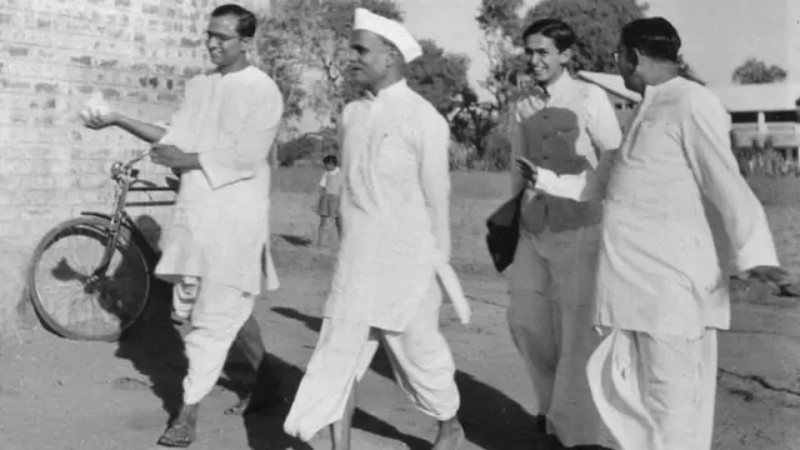
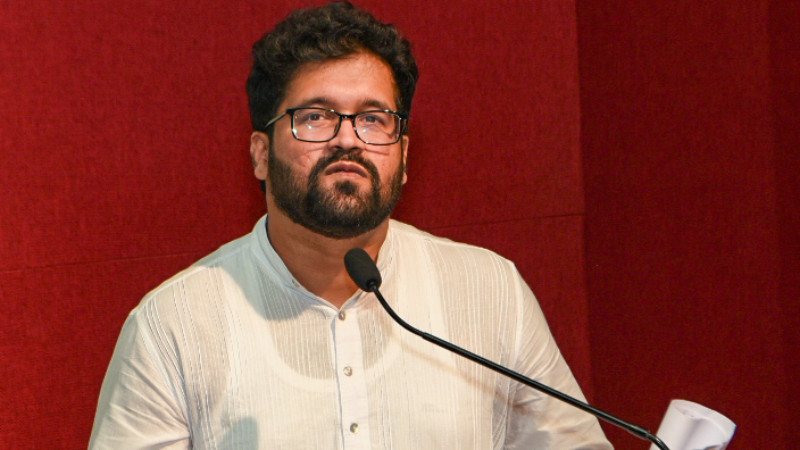
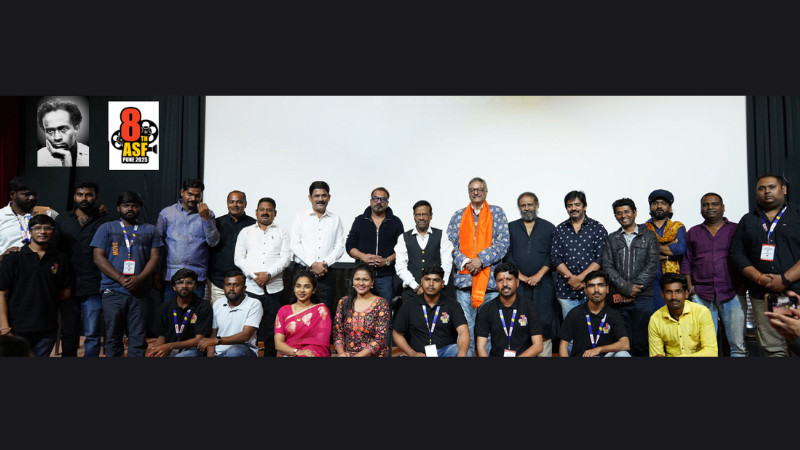

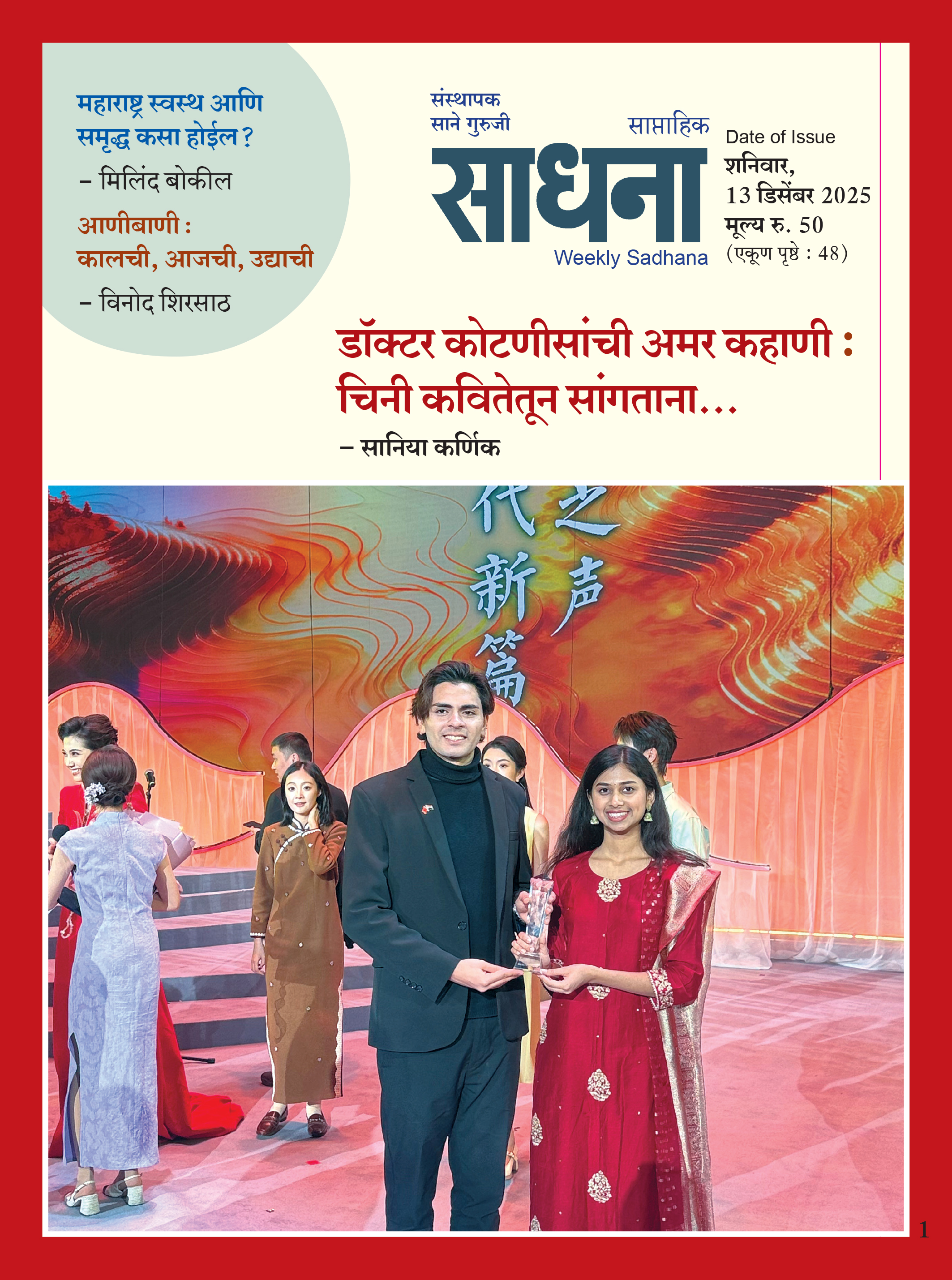













Add Comment